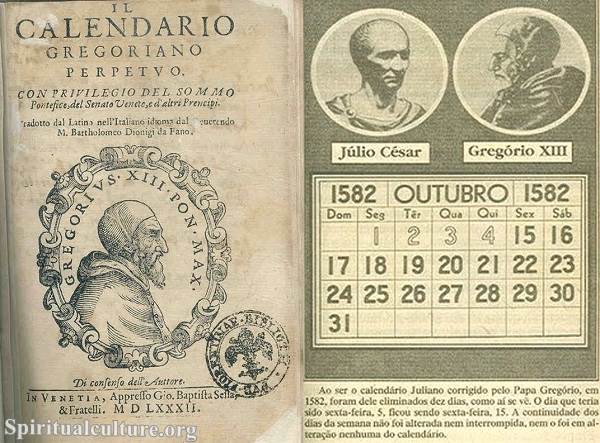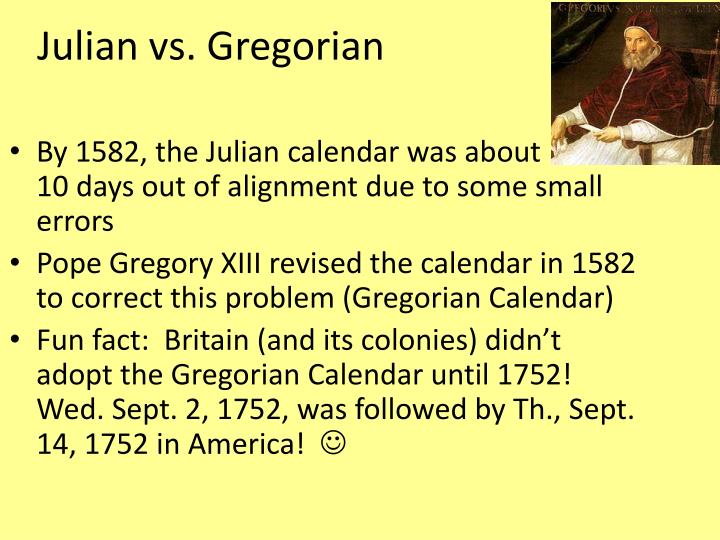Navigating Time: A Deep Dive into Hijri-Gregorian Calendar Converters
Associated Articles: Navigating Time: A Deep Dive into Hijri-Gregorian Calendar Converters
Introduction
With enthusiasm, let’s navigate by way of the intriguing subject associated to Navigating Time: A Deep Dive into Hijri-Gregorian Calendar Converters. Let’s weave attention-grabbing data and supply recent views to the readers.
Desk of Content material
Navigating Time: A Deep Dive into Hijri-Gregorian Calendar Converters

The world operates on a number of calendars, every with its personal wealthy historical past and cultural significance. Among the many most distinguished are the Gregorian calendar, the internationally acknowledged civil calendar, and the Hijri calendar, the lunar calendar adopted by Muslims worldwide. The necessity to seamlessly convert dates between these two programs has led to the event of refined calendar converters, instruments which can be important for people, companies, and organizations working throughout cultures and timekeeping traditions. This text will discover the intricacies of Hijri-Gregorian calendar conversion, the algorithms behind these converters, and the significance of correct and dependable instruments for facilitating cross-cultural communication and understanding.
Understanding the Two Calendars: A Basis for Conversion
Earlier than delving into the mechanics of conversion, it is essential to grasp the elemental variations between the Gregorian and Hijri calendars.
The Gregorian calendar, probably the most broadly used civil calendar globally, is a photo voltaic calendar. It is primarily based on the Earth’s revolution across the solar, with a 12 months consisting of roughly 365.25 days, accounting for leap years. Its construction is comparatively easy, with 12 months of various lengths, following a constant sample.
The Hijri calendar, also referred to as the Islamic calendar, is a lunar calendar. It is primarily based on the month-to-month cycles of the moon, with a 12 months consisting of 12 lunar months, every roughly 29.5 days lengthy. This ends in a shorter 12 months (roughly 354 days) than the Gregorian 12 months, which means the Hijri 12 months drifts by way of the seasons over time. The beginning of the Hijri calendar is historically marked by the Hijra, the migration of the Prophet Muhammad from Mecca to Medina in 622 CE.
This basic distinction – the photo voltaic foundation of the Gregorian calendar versus the lunar foundation of the Hijri calendar – is the first problem in changing dates between the 2 programs. Easy addition or subtraction is not doable because of the differing lengths of years and the irregular nature of leap years in each calendars.
The Complexity of Conversion: Algorithms and Issues
Changing between Hijri and Gregorian dates requires refined algorithms that account for the various lengths of years and months in each programs. These algorithms usually contain:
-
Epoch Willpower: Step one is establishing a typical reference level. That is normally the epoch of the Hijri calendar, the 12 months 1 AH (Anno Hegirae), which corresponds to July 16, 622 CE within the Gregorian calendar. This epoch is used as a place to begin for calculations.
-
Lunar Cycle Calculations: The Hijri calendar follows the lunar cycle, which means correct conversion requires exact calculations of lunar months and their relationship to the photo voltaic 12 months. This entails contemplating the synodic month (the time between two successive new moons), which is roughly 29.53 days.
-
Leap Yr Willpower: Each calendars have guidelines for figuring out leap years. The Gregorian calendar makes use of a reasonably easy rule (divisible by 4, apart from century years not divisible by 400), whereas the Hijri calendar makes use of a barely extra advanced system primarily based on the lunar cycle. These guidelines should be precisely included into the conversion algorithm.
-
Intercalary Days: The distinction between the lunar and photo voltaic years results in a gradual drift. To account for this, the Hijri calendar doesn’t have a set variety of days in a 12 months. The algorithms have to deal with these variations precisely.
-
Dealing with of Completely different Variants: It is vital to notice that there are variations within the Hijri calendar utilized in totally different areas. Some areas could use totally different strategies for figuring out the beginning of the month, resulting in slight discrepancies in dates. A sturdy converter ought to account for these regional variations.
The Function of Calendar Converters: Accuracy and Accessibility
Given the complexity of the calculations, handbook conversion is impractical and susceptible to errors. That is the place Hijri-Gregorian calendar converters come into play. These instruments, accessible as on-line calculators, software program purposes, and even APIs, automate the conversion course of, offering correct and dependable outcomes.
The accuracy of those converters is paramount. Errors can have vital penalties, significantly in authorized, monetary, or non secular contexts. Subsequently, respected converters are constructed utilizing sturdy algorithms, totally examined, and recurrently up to date to make sure accuracy.
Accessibility is one other essential issue. Efficient converters needs to be user-friendly, simple to navigate, and accessible in a number of languages. They need to even be accessible on varied platforms, together with desktop computer systems, cellular units, and net browsers.
Purposes of Hijri-Gregorian Converters:
The purposes of Hijri-Gregorian calendar converters are numerous and far-reaching:
-
Non secular Observances: Muslims depend on these converters to find out the dates of vital non secular occasions like Ramadan, Eid al-Fitr, and Eid al-Adha, that are primarily based on the Hijri calendar.
-
Monetary Transactions: Companies working in Muslim-majority nations usually have to convert dates for accounting, payroll, and different monetary functions.
-
Authorized Documentation: Correct date conversion is important for authorized paperwork, contracts, and official data.
-
Historic Analysis: Researchers learning Islamic historical past usually have to convert dates between the Hijri and Gregorian calendars to precisely place occasions in time.
-
Academic Functions: These converters are useful instructional instruments for college students studying about totally different calendar programs and their cultural significance.
-
Journey and Tourism: Vacationers visiting Muslim-majority nations will discover these converters helpful for planning their journeys and understanding native schedules.
-
Software program Growth: APIs for calendar conversion are built-in into varied software program purposes to offer date performance throughout totally different calendar programs.
Selecting a Dependable Converter: Key Issues
With quite a few calendar converters accessible on-line, selecting a dependable one is essential. Listed here are some key elements to contemplate:
-
Repute and Supply: Select converters from respected sources, equivalent to established web sites, instructional establishments, or organizations with experience in calendar programs.
-
Algorithm Transparency: Whilst you do not should be a programmer to make use of a converter, understanding the underlying algorithm used can construct confidence in its accuracy. Search for converters that present details about their methodology.
-
Person Critiques and Suggestions: Test person opinions and suggestions to gauge the accuracy and reliability of the converter.
-
A number of Date Codecs: A great converter will help varied date codecs for each the Gregorian and Hijri calendars, permitting for flexibility in enter and output.
-
Regional Variations: Make sure the converter accounts for regional variations within the Hijri calendar.
-
Error Dealing with: A sturdy converter will deal with invalid enter gracefully and supply clear error messages.
Conclusion:
Hijri-Gregorian calendar converters are important instruments for bridging the hole between two distinct timekeeping programs. Their accuracy and accessibility are very important for facilitating cross-cultural communication and making certain easy operations in numerous contexts. By understanding the complexities of calendar conversion and selecting dependable instruments, people and organizations can successfully navigate the intricacies of time and guarantee correct and constant date administration throughout cultures. As expertise advances, we will count on much more refined and user-friendly converters to emerge, additional simplifying the method and selling higher understanding between totally different calendar programs and their customers.








Closure
Thus, we hope this text has supplied useful insights into Navigating Time: A Deep Dive into Hijri-Gregorian Calendar Converters. We admire your consideration to our article. See you in our subsequent article!